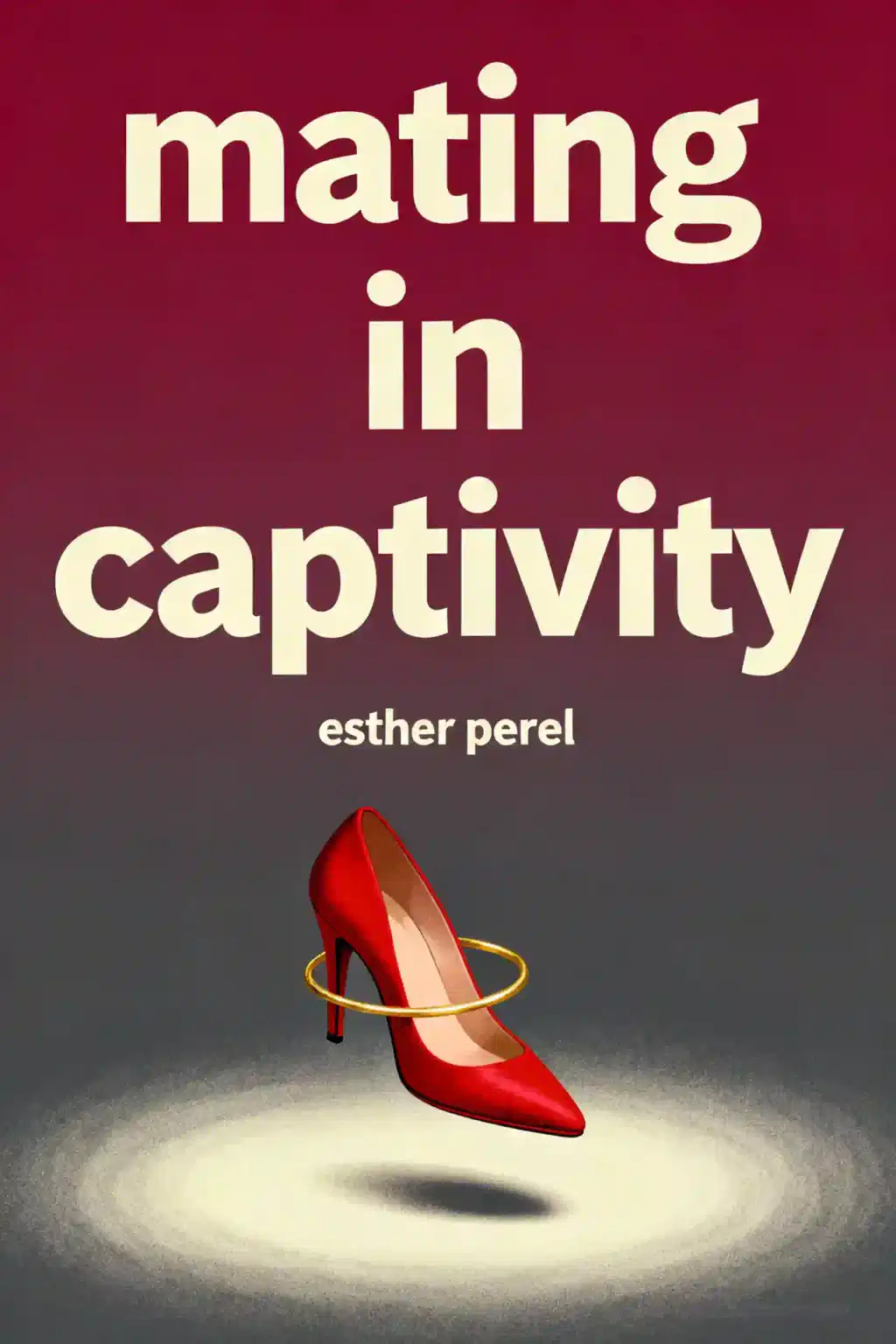What is
Too Good to Leave, Too Bad to Stay about?
Too Good to Leave, Too Bad to Stay by Mira Kirshenbaum is a step-by-step guide for individuals experiencing relationship ambivalence. It uses diagnostic questions—like past happiness, affection, communication, and self-respect—to help readers decide whether to stay and work on the relationship or leave. The approach prioritizes prognosis over pros/cons, replacing indecision with clarity.
Who should read
Too Good to Leave, Too Bad to Stay?
This book is ideal for those stuck in "iffy" relationships—feeling conflicted about staying or leaving. It suits anyone seeking objective criteria to evaluate their partnership, especially if they feel trapped between hope and frustration. The diagnostic framework helps readers move beyond emotional paralysis to make confident decisions.
Is
Too Good to Leave, Too Bad to Stay worth reading?
Yes, it provides practical tools for relationship decision-making. Readers gain actionable insights through structured self-reflection, though some note limitations in neurodiverse contexts (e.g., ADHD) where effort may outweigh immediate results. Overall, it’s praised for reducing ambiguity and empowering choices.
Mira Kirshenbaum is a therapist and author specializing in relationship dynamics. Her expertise informs the book’s clinical yet accessible approach, blending diagnostic rigor with real-world examples. She emphasizes prognoses over vague feelings to resolve ambivalence.
What are the key diagnostic questions in
Too Good to Leave, Too Bad to Stay?
The book’s pivotal questions include:
- Past goodness: “Were things ever very good?”
- Affection/sex: “Is there consistent intimacy?”
- Problem-solving: “Does your partner acknowledge and act on issues?”
- Self-respect: “Do you feel humiliated or invisible?”
Honest answers reveal whether the relationship’s prognosis supports staying or leaving.
How does
Too Good to Leave, Too Bad to Stay address unmet needs?
It advises identifying non-negotiable needs (e.g., respect, support) and assessing if they can be met. If core needs remain unfulfilled despite communication, leaving may yield greater happiness. The book stresses that persistent frustration signals incompatibility, not personal failure.
What role does self-respect play in Kirshenbaum’s framework?
Sustained loss of self-respect—feeling controlled, humiliated, or invisible—signals a relationship is “too bad to stay.” The book argues this erosion indicates toxicity, making leaving essential for long-term well-being. Self-respect is non-negotiable for viable partnerships.
Are there critiques of
Too Good to Leave, Too Bad to Stay?
Yes. Some readers find it less applicable to neurodiverse relationships (e.g., ADHD), where intent may outweigh immediate change. Others note its 1996 publishing date makes certain examples feel dated. However, the core diagnostic approach remains widely valued.
How does the book handle relationship violence or control?
It explicitly states that any physical violence or persistent power imbalances (e.g., humiliation, control) mean the relationship is “too bad to stay.” These red flags indicate toxicity, and leaving is strongly advised for safety and happiness.
Can
Too Good to Leave, Too Bad to Stay help if I’m leaning toward staying?
Yes. If diagnostics show salvageability (e.g., fun shared, mutual respect), it guides strengthening the relationship. The book includes resources for improving communication and rebuilding connection, emphasizing that both partners must invest effort.
How does this book compare to works by John Gottman or Esther Perel?
Unlike Gottman’s Seven Principles (focused on repair) or Perel’s erotic exploration, Kirshenbaum’s book first answers whether to stay. It’s a diagnostic prequel to those works—determining feasibility before solutions. Many pair it with Gottman for holistic growth.
Why is
Too Good to Leave, Too Bad to Stay relevant in 2025?
Ambivalence persists in modern relationships, amplified by evolving dynamics like remote work or mental health awareness. The prognosis-focused framework adapts to contemporary stressors, offering timeless clarity for decisive action amid complexity.














